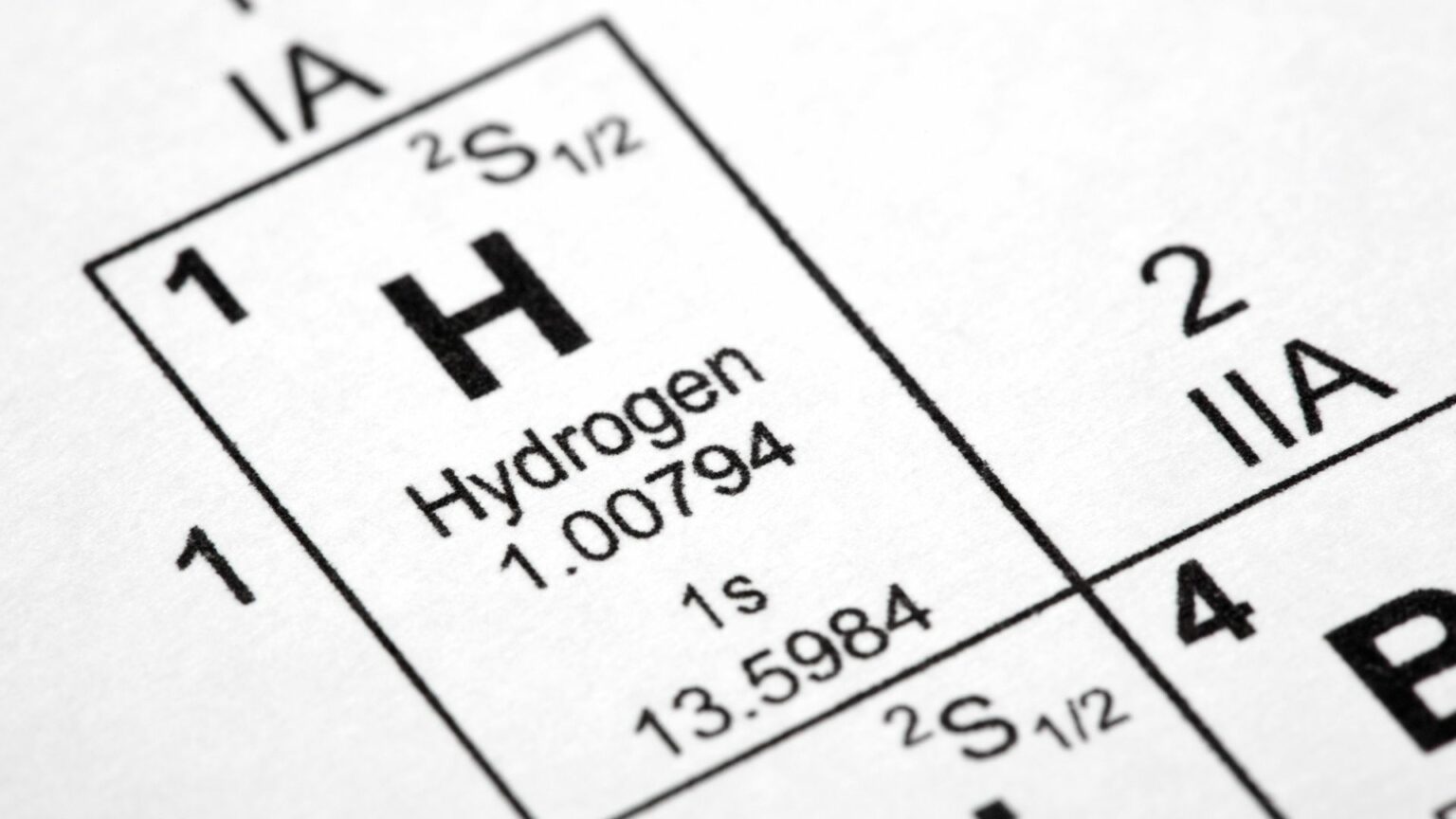The United States Treasury’s proposed hourly matching rules for green hydrogen production, aimed at qualifying for the top rate of the $3/kg production tax credit (PTC), have sparked debates regarding their potential impact on the cost, efficiency, and carbon intensity of hydrogen production in the country.
While intended to incentivize clean hydrogen production, these rules may inadvertently favor blue hydrogen and pose challenges to the widespread adoption of green hydrogen technology.
The primary goal of the US Treasury’s green hydrogen tax credit is to promote the production of clean, low-carbon hydrogen as part of efforts to combat climate change and reduce greenhouse gas emissions. By providing financial incentives for green hydrogen production, the government aims to accelerate the transition to renewable energy sources and advance the development of sustainable hydrogen infrastructure.
Green hydrogen, produced through electrolysis powered by renewable electricity, represents a promising solution for decarbonizing hydrogen production. Electrolyzers split water into hydrogen and oxygen using electricity, with renewable sources such as solar and wind energy providing the power. This process offers a clean and efficient alternative to traditional fossil fuel-based hydrogen production methods.
While the green hydrogen tax credit aims to drive innovation and investment in clean energy technologies, concerns have been raised regarding its potential impact on the cost competitiveness of green hydrogen. The proposed hourly matching rules could increase production costs and hinder the development of green hydrogen projects, potentially favoring blue hydrogen production in the short term. This raises questions about the overall effectiveness of the tax credit in achieving emissions reduction goals.





